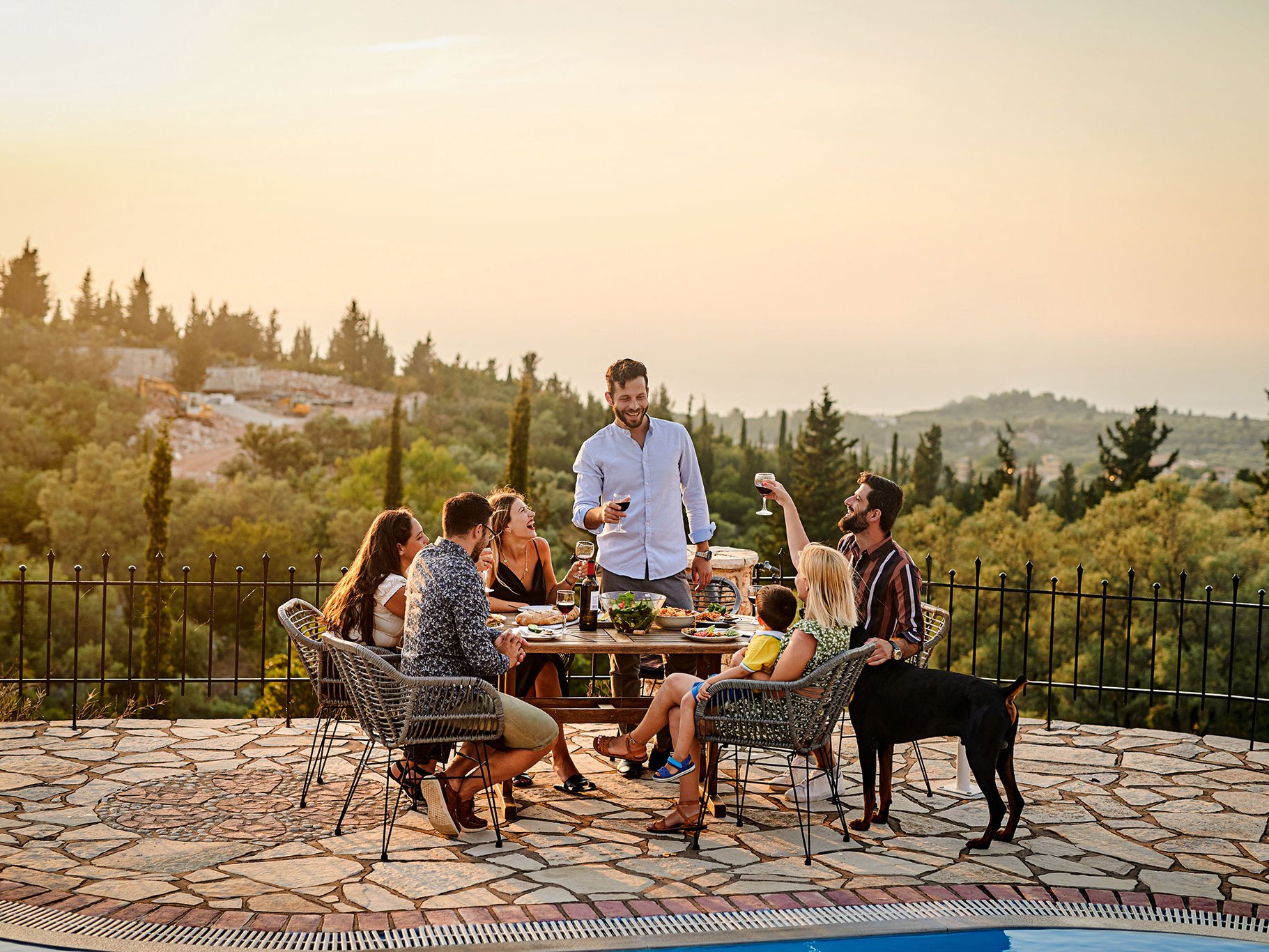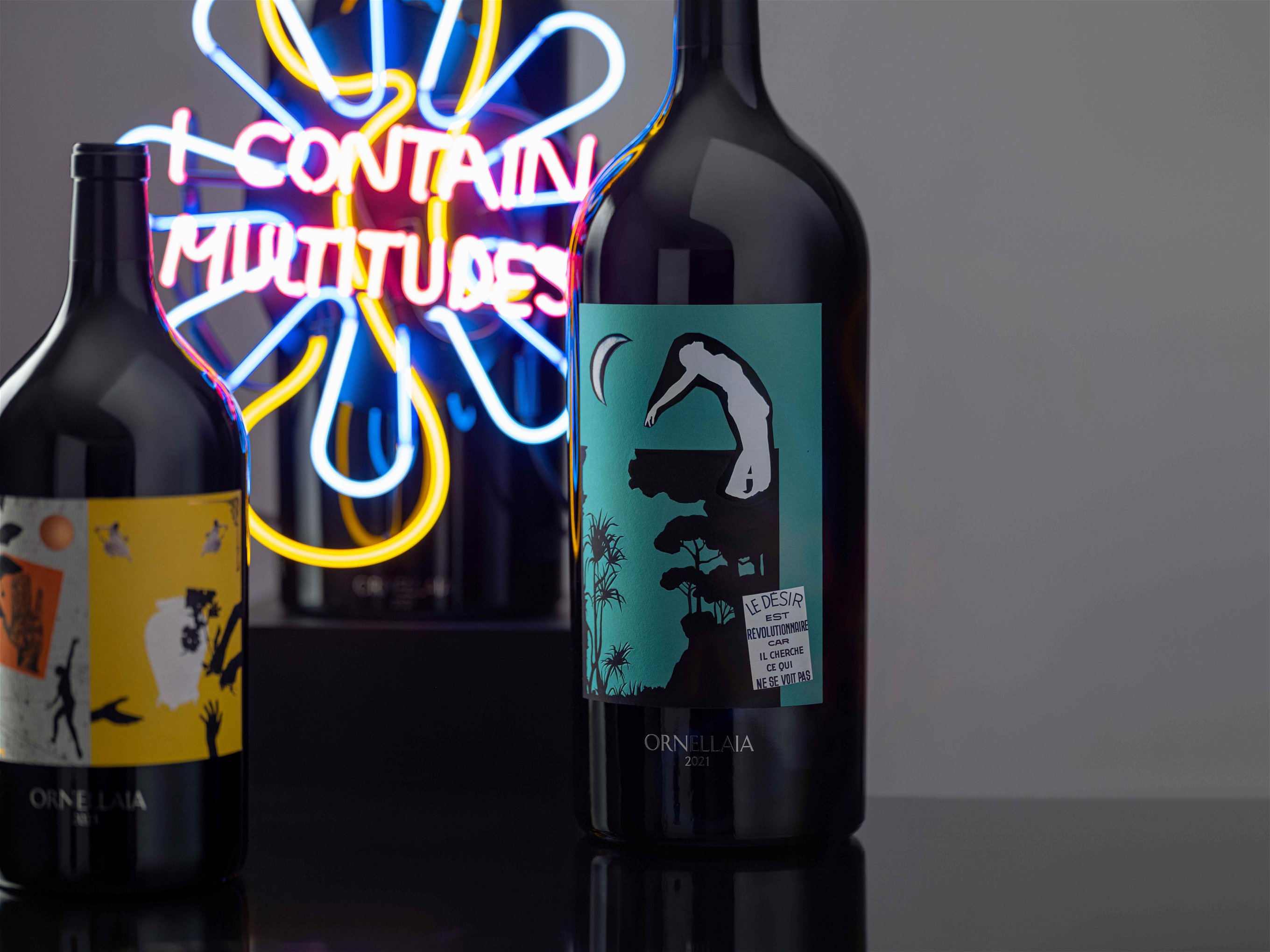Xinomavro from Greece: Sourblack Charms
Meet Xinomavro, Greece's noble black grape. As our author notes, it is a grape that makes wines to delight wine lovers rather than casual drinkers.
In the collective European imagination, Greece comes in one flavour: the salt of the summer sea. It is a land where sun burns bright year round, and no one is ever more than a few kilometres away from a beach. Its wine fits the same theme: white, maybe resinated, drunk cold and soon after release, there to accompany summer vegetables and fresh seafood.
Unravelling stereotypes
Stereotypes often exist for a reason. It is true that Greece enjoys many months of bright sunshine. It is true that a good part of the country is blessed with a quick access to the sea. It is also true that the country produces a lot of great white wine, as fine a pairing for fried courgette as for grilled squid. But stereotypes also generalise and oversimplify. Instead of providing a shortcut to the truth, they obscure it.
Introducing Xinomavro
Such is the case with the narrative above. A sizeable part of the country might be idyllic in its own way, but its idyll has no beach umbrellas in sight. Northern Greece, in particular, is full of regions more reminiscent of Piedmont than the Cyclades.
When it comes to wine, none more so than those in central and northern Macedonia that grow Xinomavro, the country’s noble red variety. The name translates as “sourblack.” Indeed, when wine experts want to introduce the variety to international audiences, Nebbiolo seems to be the counterpart they usually go for. The pale colour, shearing tannins, and potential for long ageing are, after all, characteristics that the two varieties share.
When it comes to some prime Xinomavro terroirs, like Amyntaio (often spelled Amyndeon on labels) in Florina, or Rapsani in Thessaly, the analogy holds very well: Xinomavro can feel like a great Barolo, whose tar someone took away.
The magic of Naousa
Yet the finest expression of Xinomavro come from the area around the town of Naousa. (The majority of producers insist of a double S on labels, giving “Naoussa”, an older spelling of the name). The aromatic profile there is so intense and so particular that makes Nebbiolo seem tame. In its traditional form, it has aromas of sun-dried tomato and olive tapenade, sometimes with an undertone of earth. The mix can be so potent that at times it flirts with the pungent. Indeed, an old style Xinomavro is not the wine to present to a casual drinker, or one that likes heavy, fruity styles. It is an oenophile’s wine, different, complex, almost intellectual. If an Italian opposite number is needed, it might be Nerello Mascalese.
Stylistic evolution
This is, however, only half of the story. Like most wine regions, the past twenty years saw an expansion of styles. The Nebbiolo analogies come naturally again: a newer generation of producers and winemakers sought to mollify Macedonia’s jittery variety. Climate change has its own contribution and Naousa wines are becoming slightly more alcoholic – though still very reserved compared to the global average. Blends with international varieties, once raising eyebrows, are now commonplace (though not for those that want to retain the PDO). Today, Naousa Xinomavro comes in many forms, from austere classics, to brambly, almost Beaujolais-like modern icons.
What is still missing is detailed identification, deeper understanding, and, eventually, wines based on specific crus. This is almost certainly going to be the future of Naousa Xinomavro – someday, it might even be able to look Barbaresco or Côte d’Or in the eye. I suggest you come along for the journey. It is going to be lots of fun.













